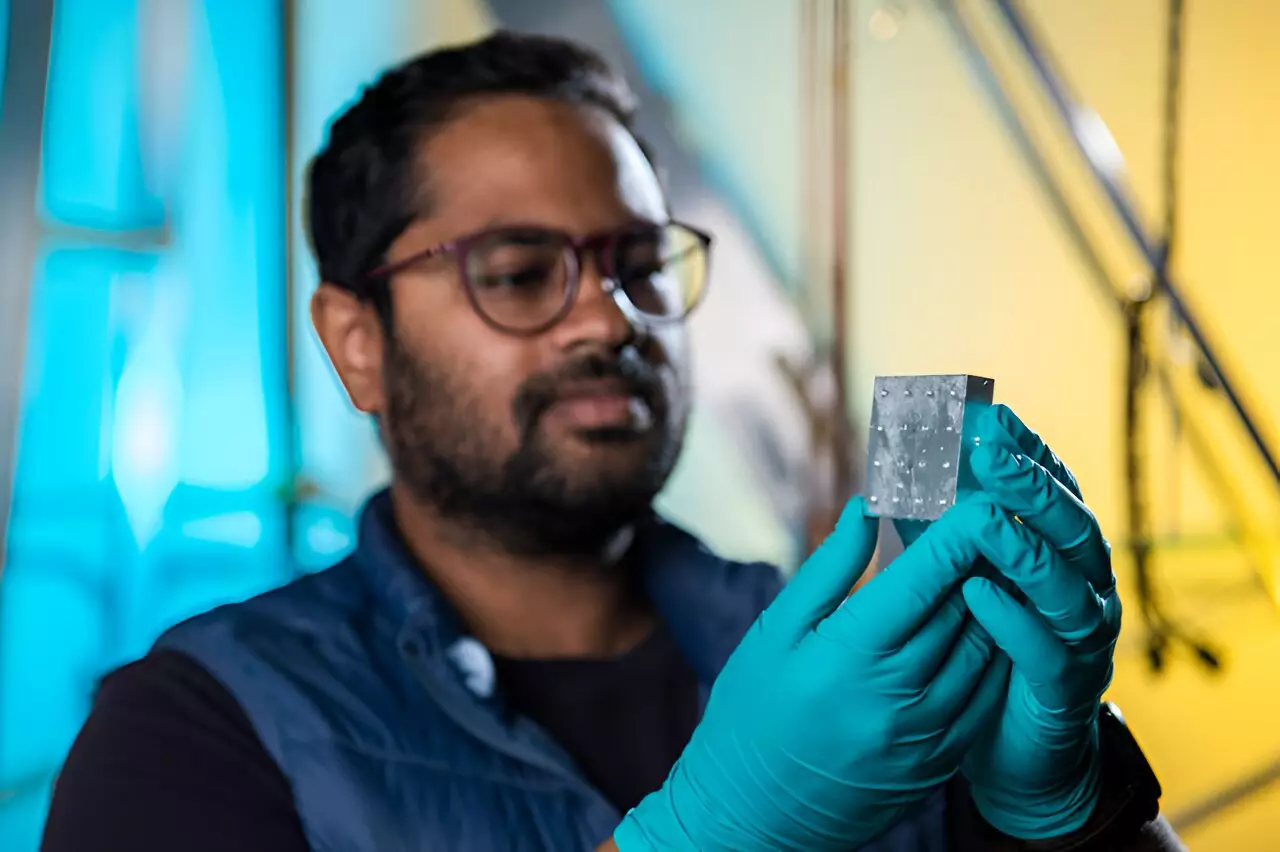Dark matter is one of the universe’s most intriguing puzzles, a mysterious substance that comprises about 27% of the cosmos yet remains undetected directly. Scientists rely on indirect methods to study dark matter, meticulously searching for faint signals that hint at its existence. Understanding dark matter is crucial because it plays a pivotal role in the structure and evolution of galaxies. Its elusive nature raises significant challenges for physicists, requiring innovative approaches and advanced technologies to translate complex theories into observable phenomena.
Quantum Techniques Paving the Way
Recent innovations in quantum mechanics have opened new avenues in the quest for dark matter. Researchers at the U.S. Department of Energy’s Fermi National Accelerator Laboratory, collaborating with the University of Chicago, have made a significant breakthrough by developing techniques to enhance the detection of dark matter signals. By harnessing the intricate properties of quantum information science, they amplified signals from dark matter interactions. Their methods notably increased detection sensitivity by a remarkable factor of 2.78, inspiring enthusiasm for both potential discoveries and the implications of quantum technology in fundamental physics.
The pivotal aspect of this research involves stimulating the emission of photons, a process that can reveal interactions indicative of dark matter’s presence. Such advancements exemplify the interplay between theoretical concepts and practical applications, showcasing how quantum mechanics can lead to significant scientific discoveries beyond the realm of quantum computing.
Inside the Experiment: Crafting Quantum States
The researchers’ experiment utilized a highly specialized microwave cavity prepared in a quantum state known as a Fock state. This configuration is critical because Fock states embody a known quantity of photons, thus enhancing the probability of detecting interactions related to dark matter. The meticulous setup allows dark matter particles to interact with the cavity wall, resulting in changes in photon count that serve as indicators of dark matter’s presence.
By leveraging superconducting quantum bits, or qubits, they achieved two objectives simultaneously: enhancing signal visibility and minimizing noise interference. “Signal amplification and noise reduction are like two sides of the same coin,” explains one researcher. The innovative approach of using qubits ensures that they do not destroy photons during measurement, permitting repeated analysis of the same photon. This method showcases the beautiful complexities of quantum mechanics while practically enhancing measurement capabilities.
Noise Reduction: Engineering the Environment
The surrounding environment poses a significant challenge to photon detection. At microwave frequencies, thermal noise can easily obscure the faint signals researchers hope to capture. To combat this, the researchers employed a dilution refrigerator to cool the cavity to temperatures over a hundred times colder than outer space. This meticulous engineering drastically reduces thermal photon interference.
Diminishing noise is akin to tuning a musical instrument—the clearer the sound, the more accurately one can perceive the melody. By honing the interaction between the qubit and the microwave field, scientists have bolstered their sensitivity to dark matter events. The precision achieved offers promise for future experiments aimed at unveiling the hidden facets of our universe.
The Swing Analogy: Grappling with Complexity
A compelling analogy that clarifies these quantum processes is the act of pushing a child on a swing. If the child is stationary, more force is required to initiate movement; however, once the swing is in motion, less effort is needed to maintain it. In a similar vein, the research team kickstarted the electromagnetic field within their cavity, enabling it to respond more eagerly to passing dark matter. This process of stimulated emission mirrors how lasers operate, illuminating another dimension of how foundational physics can manifest in practical applications.
This dynamic interaction not only allows for more efficient detection but also paves the way for advancements that could save time and resources in the relentless search for dark matter. Given that traditional detection methods often yield limited results, these new techniques embody the potential for transformative discoveries in an area riddled with uncertainty.
Implications for Fundamental Science
The implications of these groundbreaking methods extend far beyond merely identifying dark matter; they invigorate the entire field of fundamental physics. By initiating a new paradigm equipped with advanced quantum technologies, researchers are positioned not only to delve deeper into the mysteries surrounding dark matter but also to unravel additional enigmatic phenomena lurking within the fabric of the universe.
This research illustrates the synergy between cutting-edge technology and burgeoning scientific inquiry, reaffirming that the marriage of quantum mechanics and experimental physics is key to unlocking the secrets of the cosmos. As these scientists advance their techniques and understanding, they inch closer to solving one of the most perplexing questions in modern astrophysics, providing hope for future explorations into the unknown.

